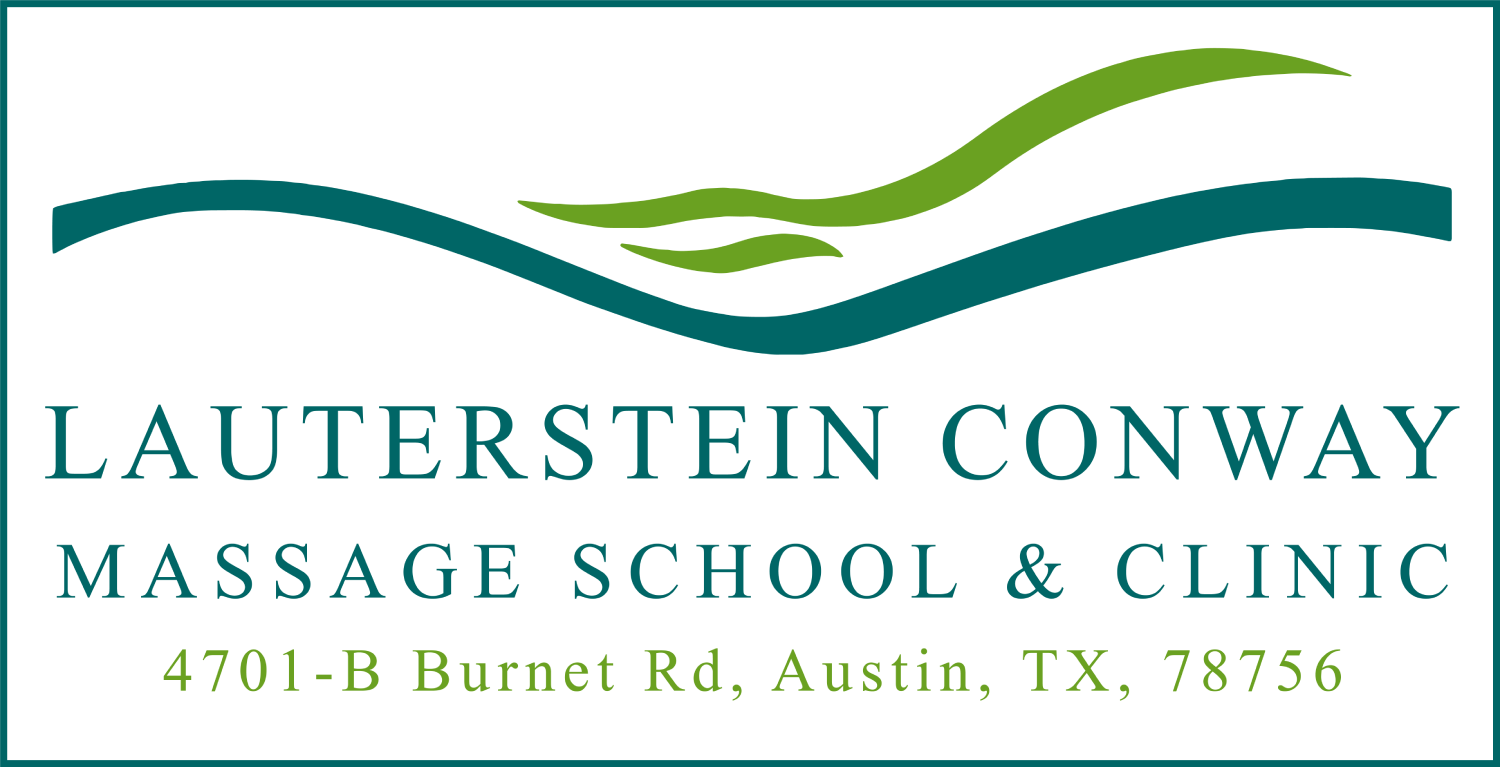By David Lauterstein
Origin:Rectus femoris: Anterior inferior iliac spine; Vastus lateralis and medialis: Linea aspera; Vastus Intermedius: Lateral and anterior surface of femur, Insertion:Tibial tuberosity (via patella ligament), Action:Rectus femoris: hip flexion, knee extension (Excessive: compression of hip) The“Vasti:” knee extension (Excessive: patellar subluxation), Antagonist: Hamstrings
The quadriceps always have struck me as being rather preppy muscles, or maybe it’s the roaring 20’s muscle, conjuring up images of the dashing place kicker and quarterback, Knut Rockne, and tight-sweatered young ladies in knee–length dresses, kicking their shoes of in hotel rooms. In any case, they’re strong, they’re vital, and if the err in their ways, may it be in the direction of excess rather than paucity of spirit!
The rectus femoris, being the only quadricep to originate on the pelvis, is also a hip flexor (i.e. thigh lifter). It is common in dancers and athletes, especially those trained too young or carelessly, for the rectus femoris to be over-developed. The psoas is mean to be the primary flexor of the hip. But, if training swaybacked is permitted, the psoas will be at a disadvantage and the rectus femoris will take over more than its appropriate share of hip flexion. In turn, the now overused rectus femoris may become too tight, shorted, pulling on the patella and the connective tissues surrounding it. Lengthening and softening the rectus femoris may therefore provide quick relief from such knee problems.
With the client supine, bend the knee and, with one hand on the front of the tibia, move the whole leg up. With the other hand, work near the origin of the rectus femoris using the flat of your knuckle to melt adhesions.
With overdeveloped “quads” the four heads may “glue” together.Especially common is a gluing between the rectus femoris and the vastus intermedius, which underlies it. If you feel little distinction along the lateral margin of the rectus femoris, use your forearm or thumbs where you know this rectus femoris off of the vastus intermedius, while the client rotates the femur laterally.
General over use of the quads may thicken their common tendon in which the patella is embedded. If this is the case, work with the forearm from mid-thigh down, melting as you go and concentrating on the tendon just superior to the patella. You can also “full” above and below the patella. Deeply draw your thumbs from the center line out – medially and laterally – making the shape of a smile.
